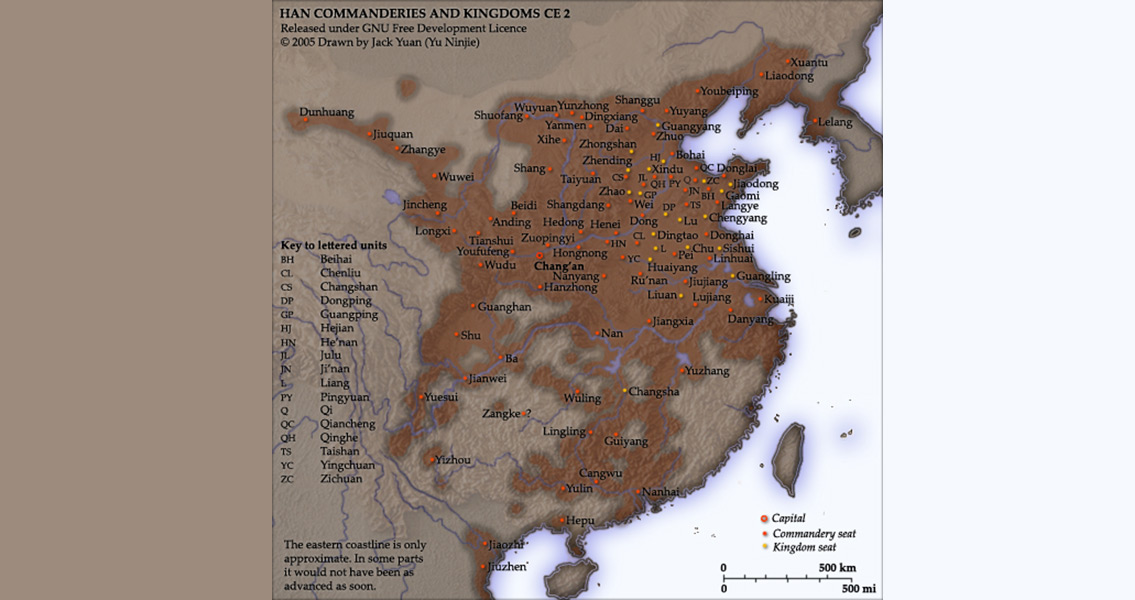<![CDATA[Archaeologists from China working in a royal cemetery dating back 2,000 years to the Han dynasty report that the cemetery is the most undisturbed Han burial ground ever discovered, and that the site contains the most well-preserved and complete set of tombs they have ever unearthed. But the mystery of who is buried in the main mausoleum remains unsolved as experts prepare to open the first of eight coffins located there. Researchers are hopeful the locked coffins will hold relics, perhaps even an emperor’s seal which would confirm the identity of the ancient occupants, according to Xin Lixiang from the National Museum, who has been involved in the excavation of approximately 4,000 Han Dynasty tombs. One possible occupant is Liu He of the Western Han Dynasty, who was the grandson of Emperor Wu, widely considered the principle ruler of the Han Dynasty (206 BC to 25 AD). Liu He served as emperor in 74 BC for only 27 days until his royal clan deposed him for having no talent and loose morals. He was given the title of “Haihunhou” which means Marquis of Haihun, after he was forced off the throne. One document claims Liu He committed 1,127 acts of misconduct although it was not specified what the acts were. Another claim says he was known for his “proclivity to pleasures”, even as a prince, a habit that was not tolerated when he became emperor. Liu He was even considered mad and was examined occasionally by officials. He was named the Marquis of Haihun regardless of his faults. The site is located in the Jiangxi province outside of Nanchang city and stretches over 40,000 square meters. It has already yielded thousands of artifacts, including items made from jade, iron, gold, wood, and bamboo; musical instruments including chimes, a se (an instrument with 25 strings), pan flutes and a sheng (a reed-pipe wind instrument); terracotta figures, and thousands of pounds of bronze coins. Eight main tombs have been uncovered by archaeologists and a chariot burial area with walls that extend almost 900 meters. A drainage system and a network of roads have also been found at the site. Experts say this is the only tomb located south of the Yangtze River that contains actual, life-sized vehicles within the burial site. Along with the horse-drawn chariots, four horses were sacrificed and buried among approximately 3,000 gold and silver accessories. Scientists speculate that the site surrounding the cemetery was once the capital of Hailun and according to archaeologists this discovery will help experts understand the cultural, social and economic status of the Western Han Dynasty, including the development of metrology, transportation and music, and the evolution of the arts and Chinese characters. Because of the importance of the finds at the cemetery, site supervisors have been instructed by the State Administration of Cultural Relics to apply for a world heritage listing with UNESCO, the United Nation’s cultural body.]]>
Archeologists Will Soon Know Who’s Buried in Royal Cemetery
